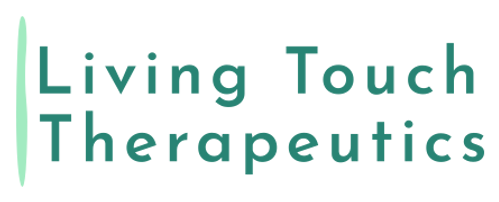Total Neck Recovery Exercise
- Benjamin Mishleau
- Jan 22
- 3 min read
Updated: Mar 4
Total Neck Recovery exercises were developed to address neck pain, stiffness, and postural imbalances often caused by modern sedentary lifestyles and repetitive strain. With the rise of "tech neck" due to prolonged screen use, these exercises gained prominence as a non-invasive method to strengthen neck muscles, improve mobility, and alleviate discomfort.
Purpose: To relieve tension, improve mobility, and strengthen the neck muscles for better posture and reduced discomfort in the cervical spine.
Primary Muscles Worked: Neck flexors, extensors, lateral neck muscles, and upper trapezius
Instructions:
Lie down on your back on a bed or bench that allows you to lie flat with your head and neck extended over the edge of the bed or bench.
As you inhale, allow your head to gently ease down towards the floor. Exhale and tuck up the head towards the chest, attempting to bring your chin as close to your chest as you can. Do this a total of 10 times.
Turn onto one side, making sure that your shoulder is on the bed, but that your neck and head are still over the side. Inhale and allow your head to gently tip towards the floor and the side of the bed. Exhale and bring the head up, pulling your ear towards your shoulder. Do this a total of 10 times.
Turn onto your stomach, making sure that your neck and head are the only parts of your body not supported by the bed. Inhale and allow your chin to gently fall towards the floor and tuck towards the side of the bed. Exhale and pull the chin up, bringing the back of your head towards your shoulders. Do this a total of 10 times.
Turn onto the other side, making sure that your shoulder is on the bed, but that your neck and head are still over the side. Inhale and allow your head to gently tip towards the floor and the side of the bed. Exhale and bring the head up, pulling your ear towards your shoulder. Do this a total of 10 times.
Tips:
Breathe deeply throughout this exercise and relax.
Move slowly and mindfully, avoiding pain or strain.
Who Should Do the Total Neck Recovery Exercise?
The total neck recovery exercise is a gentle movement designed to improve neck strength, mobility, and relaxation. It is ideal for:
Individuals with Neck Tension or Stiffness: Those who experience mild neck discomfort due to poor posture, prolonged screen use, or general muscle tightness may benefit from this exercise.
People Recovering from Mild Neck Strain: If cleared by a healthcare professional, those recovering from minor neck strain can use this exercise to regain mobility and strengthen the supporting muscles.
Office Workers & Desk Sitters: Individuals who spend long hours sitting at a desk and experience forward head posture or tension may find relief through controlled neck mobility work.
Athletes & Fitness Enthusiasts: This exercise can help improve neck stability and mobility, which is beneficial for athletes in contact sports, weightlifters, and those who perform high-impact activities.
Individuals with Weak Neck Muscles: Those looking to strengthen the deep cervical muscles can use this as a foundation for improving overall neck health.
Who Should Avoid or Modify the Lying Neck Recovery Exercise?
While this exercise is generally safe, some individuals should avoid or modify it:
People with Acute Neck Injuries: Those with recent whiplash, severe neck strain, or trauma should avoid this movement until cleared by a medical professional.
Individuals with Herniated Cervical Discs or Nerve Compression: Any condition affecting the cervical spine, such as disc herniation or pinched nerves, may worsen with neck movement. Consulting a healthcare provider before performing this exercise is crucial.
Those Experiencing Dizziness or Vertigo: Neck movements can sometimes trigger dizziness, especially in individuals with vestibular disorders. If this occurs, the exercise should be avoided or modified.
People with Severe Arthritis or Degenerative Disc Disease: Those with advanced degenerative conditions in the cervical spine should proceed with caution and use modified, low-impact neck mobility exercises instead.
Anyone Experiencing Pain During the Exercise: If the movement causes discomfort, strain, or sharp pain, it should be stopped immediately, and alternative recovery techniques should be considered.

















Comments